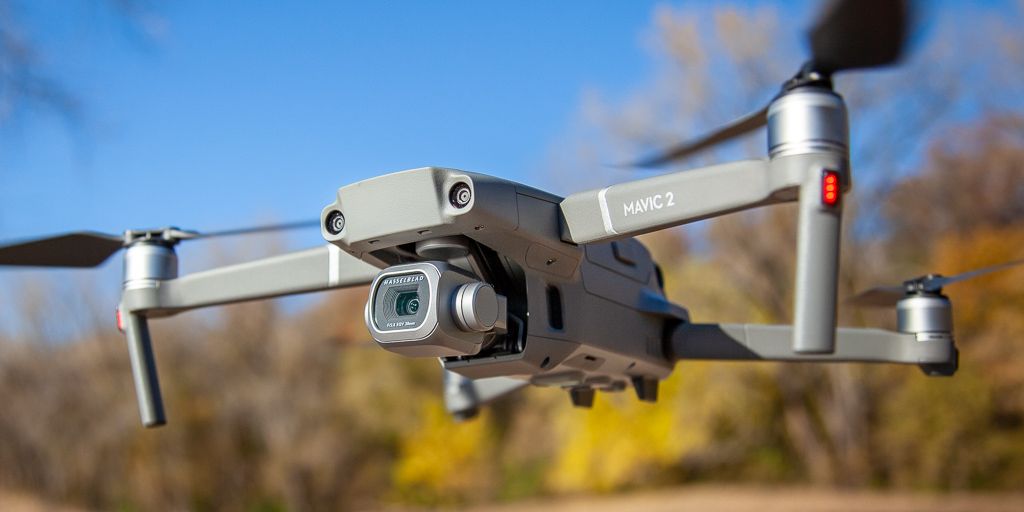I have listed 10 uses for drones in the Construction Industry these can be applied in Africa or any other country worldwide that has the need. These are only a few ways the drones can be used to help the construction industry if you have a need and would like to discuss please do not hesitate to get in touch and we can help.
-
Building Surveys
Most building surveys require visibility of the buildings roof to identify its condition and assess any defects.
In most instances getting access to a roof can be tricky and often involves the erection of a scaffold, use of a cherry picker or ladders. Which are both time consuming and costly.
Using a small drone to perform the survey can save time, money and reduce health and safety risks involved with surveying a roof and accessing tricky or hard to reach areas.
-
Construction Site Inspections
Carrying out site inspections on a busy construction site can dangerous and complicated at times.
The ability for a drone to carry out a visual inspection of high-risk areas can save time and reduce H&S risks. Drone footage can be recorded from the safety of the site cabin and then sent to project stakeholders in HD quickly and effectively. Site inspections can be undertaken more regularly and cover larger areas more efficiently.
-
Health and Safety Inductions
Site inductions can often be a tedious and again a time consuming exercise. Often involving a premeditated talk in the site cabin or a pre-recorded induction videos. Using a drone to fly over a site can show new site operatives H&S risks in real-time. Enabling site managers to demonstrate moving vehicles, moving cranes, or active excavation areas etc. Each induction would be site specific outlining the risk that are relevant to that site and in return reduce the risk of accident or injury on each site.
-
Maintenance Inspections
Carrying out planned or reactive maintenance inspections of high-up structures such as bridges, towers, roofs and scaffolding, can often involve costly access arrangements, and site personnel working at height.
Drones can provide a quicker and easier way of carrying out the inspections, feeding back HD real-time footage to the engineer or surveyor from the ground at all times reducing cost but most importantly risk.
-
Project Progress Reports
Construction progress reports are often prepared monthly to record site progress against the project programme. These reports include the surveyor or CA taking multiple photographs of various parts of the site.
A regular drone flight can be a speedy way to record and visualise project progress. Through a series of aerial shots and HD video project stake holders can gain a better insight into the progress that has been made without actually being on-site and have regular daily or weekly updates.
-
Promotional Photography
Impressive photography is becoming more and more important in the way drones in construction can promote business, especially as the use of social media is becoming more important as a work tool.
The ability to capture impressive 4K HD video and photos from unique angles can provide an interesting insight into a project or building, making it great for marketing material.
In particular, this could be a great tool for estate agents looking to demonstrate impressive shots of a property or building they are looking to sell! The drones offer the opportunity to capture the real scale and size of a project in minutes.
-
Live feed/virtual walk around
When carrying out high risk work on-site it may be necessary for certain professionals to gain real-time updates on what is happening.
Utilising First Person View (FPV) technology, a drone camera can stream HD footage to the project team or project stakeholders in real-time. This experience could also be enhanced by the use of VR glasses.
-
Site logistics
Construction sites are ever evolving and the movements on-site don’t always stick to programme.
Drones can provide a real-time update of what is going on around the site. Carrying out a speedy flight around the site can give a good overview of potential issues to be aware of. For instance moving vehicles, machinery or cranes etc. again reducing risk and allowing key decision makers to make up to the minute, informed decisions on ever changing developing sites.
-
Point cloud/laser scanning
Often for a surveyor it can be hard to gain access to a suitable location to laser scan high up areas of a building, meaning the point cloud is returned missing vital information.
Laser scanning from drones has become a recognised use of drones in construction as a method of capturing the exact detail of topography, buildings and cityscapes and can provide the missing piece of information.
-
Thermal Imaging recording
Similar to laser scanning, drones can be used to take aerial thermal imaging recordings which can be used to assess potential cold spots in buildings or even heat spots in areas holding electrical components.
This can give engineers and surveyors essential information when trying to identify and rectify building defects.

